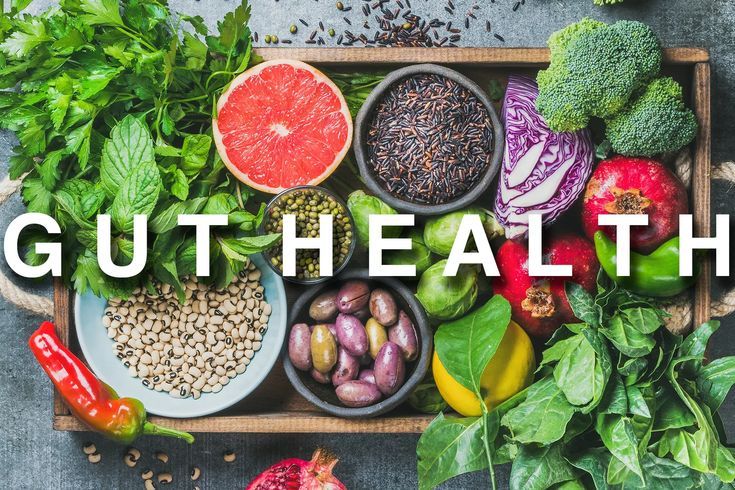There’s truth in the old saying, “You are what you eat,” especially when it comes to your gut health. The gut—particularly the large intestine—is home to trillions of microorganisms known collectively as the gut microbiome. This intricate community of bacteria, fungi, and viruses plays a huge role in digestion, nutrient absorption, immune defense, and even mental well-being.
When your gut microbiome is balanced and flourishing, you’ll likely notice a boost in overall health. But if it gets out of whack, it can lead to digestive discomfort and even systemic inflammation. I’ve personally struggled with digestive issues before, and changing my diet made a world of difference. It’s not just about avoiding problems—it’s about nurturing your internal ecosystem to thrive.
This guide walks you through practical, actionable steps to nourish your gut for a healthier you.
Understanding the Gut-Diet Connection
Your diet is the main driver shaping your gut microbiome’s makeup and function. The foods you eat feed certain bacteria, helping them flourish. A diverse, nutrient-rich diet encourages a diverse, resilient microbiome.
Step 1: Embrace a Wide Variety of Plant-Based Foods
Diversity is key for a healthy gut.
- Eat the Rainbow: Try to include fruits and veggies of many colors every day—each color brings different beneficial compounds. Think berries, spinach, kale, broccoli, bell peppers, carrots, tomatoes, sweet potatoes.
- Add Legumes: Beans, lentils, chickpeas, and peas are fantastic sources of fiber and resistant starch, which feed good bacteria. (Tip: If legumes are new to you, start small and increase gradually to avoid bloating. Soaking dried legumes helps, too.)
- Choose Whole Grains: Oats, quinoa, brown rice, barley, and whole-wheat bread are better choices than refined grains since they supply fiber and nutrients. Look for “whole grain” as the first ingredient.
- Mix Nuts and Seeds: Almonds, walnuts, chia, flaxseeds, and sunflower seeds offer healthy fats, fiber, and polyphenols. Try sprinkling a spoonful of mixed seeds on your yogurt or oatmeal.
Step 2: Incorporate Prebiotic Foods
Prebiotics are special fibers that act like fertilizer for your gut bacteria, encouraging their growth.
- Garlic and onions, rich in inulin and fructooligosaccharides (FOS).
- Asparagus, another good inulin source.
- Slightly green bananas, which have more resistant starch than fully ripe ones.
- Oats, especially rolled oats, packed with beta-glucan soluble fiber.
- Apples, which provide pectin.
- Flaxseeds, offering both soluble and insoluble fiber.
- Dandelion greens, great in salads or smoothies.
- Chicory root, often used in coffee substitutes or fiber supplements.
Step 3: Include Probiotic-Rich Fermented Foods
Probiotics are live beneficial microbes that can temporarily colonize your gut and support balance.
- Yogurt with live and active cultures (check labels).
- Kefir, a fermented milk drink with diverse probiotic strains.
- Sauerkraut and kimchi—opt for unpasteurized versions from the refrigerated section since pasteurization kills the good bacteria.
- Kombucha, a fermented tea, but watch out for sugar content in some brands.
- Tempeh and miso, fermented soy products packed with probiotics.
Start with small amounts of these fermented foods if you’re new to them, to avoid digestive upset.
Step 4: Hydrate Adequately
Water is essential for digestion and gut lining health.
- Aim for at least 8 glasses (around 2 liters) daily—more if you’re active or it’s hot out.
- Herbal teas like ginger or peppermint can support digestion while adding to your fluid intake.
Step 5: Reduce or Limit Gut-Unfriendly Foods
Some foods can disrupt your microbiome and promote inflammation.
- Processed and ultra-processed foods often contain unhealthy fats, added sugars, artificial sweeteners, and emulsifiers—all of which can harm your gut.
- Added sugars feed harmful bacteria and yeast.
- Artificial sweeteners may negatively impact gut bacteria.
- Trans fats and excessive saturated fats in fried or processed snacks encourage inflammation.
- Excess alcohol irritates the digestive tract and alters the microbiome.
- Antibiotics, while sometimes necessary, wipe out good bacteria too. If you need antibiotics, talk to your doctor about probiotic use afterward.
Step 6: Consider Dietary Approaches for Specific Conditions (With Professional Guidance)
If you have particular gut issues, targeted diets might help.
- The Low-FODMAP diet can ease symptoms for some with IBS but is best done with a dietitian’s support.
- Gluten or dairy elimination may help if you suspect intolerance or allergy, but professional diagnosis and guidance are important.
- Anti-inflammatory diets, like the Mediterranean diet, support gut and overall health.
Step 7: Incorporate Gut-Supportive Nutrients
Certain nutrients are vital for gut integrity and microbial health.
- Fiber: Aim for 25-38 grams daily from varied sources.
- Polyphenols: Found in colorful fruits, veggies, green tea, cocoa, and even red wine—they’re antioxidants metabolized by gut bacteria into beneficial compounds.
- Omega-3 Fatty Acids: Fatty fish like salmon and mackerel, plus flaxseeds and chia seeds, provide anti-inflammatory benefits that support the gut lining.
The Journey to a Healthier Gut: Be Patient and Consistent
Improving gut health doesn’t happen overnight. Changes take time, and consistent effort beats drastic short-term fixes every time. Pay attention to how foods affect your body and adjust accordingly.
If digestive symptoms persist or you have health conditions, always seek personalized advice from healthcare professionals or registered dietitians. Your gut will thank you for the care you give it!




